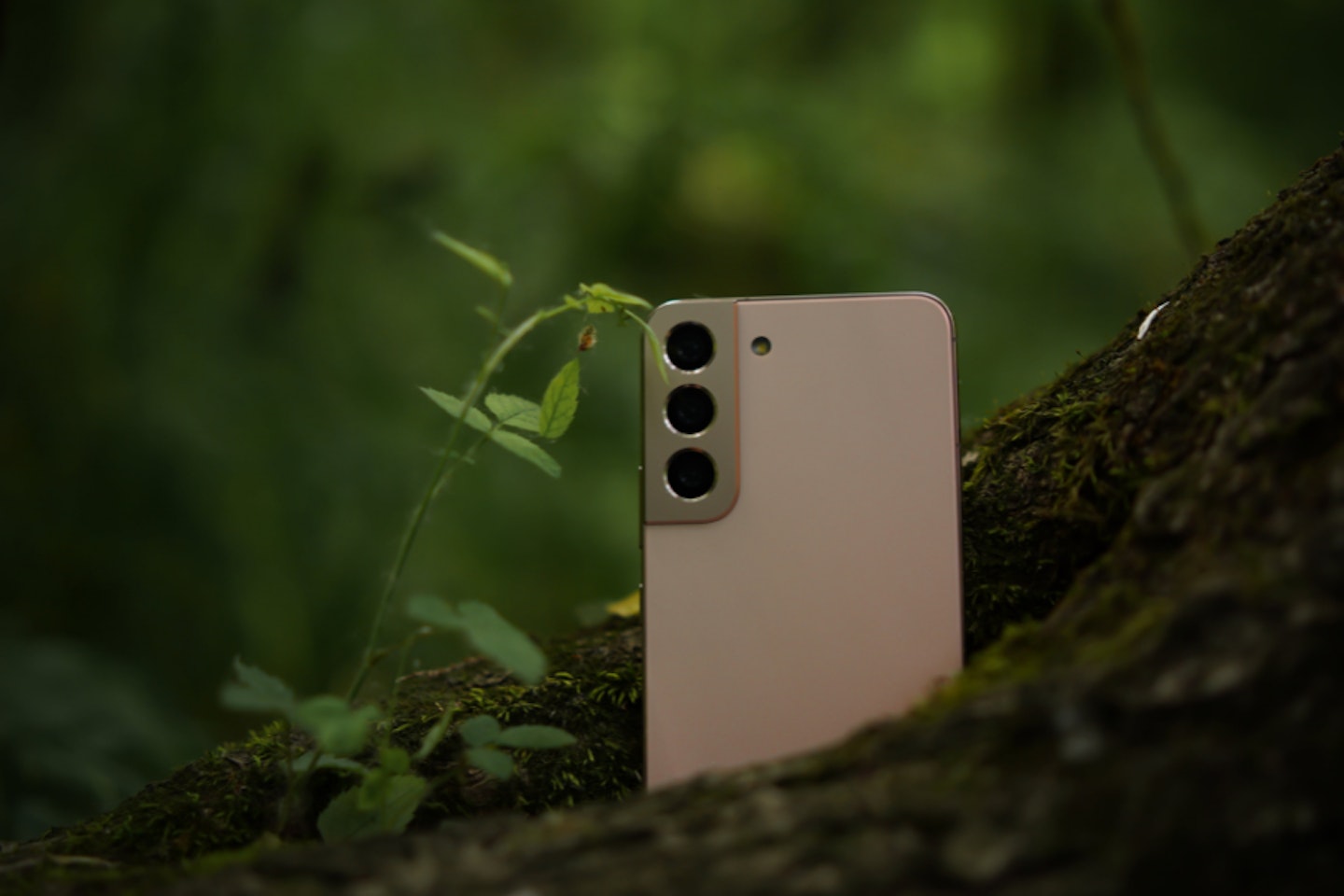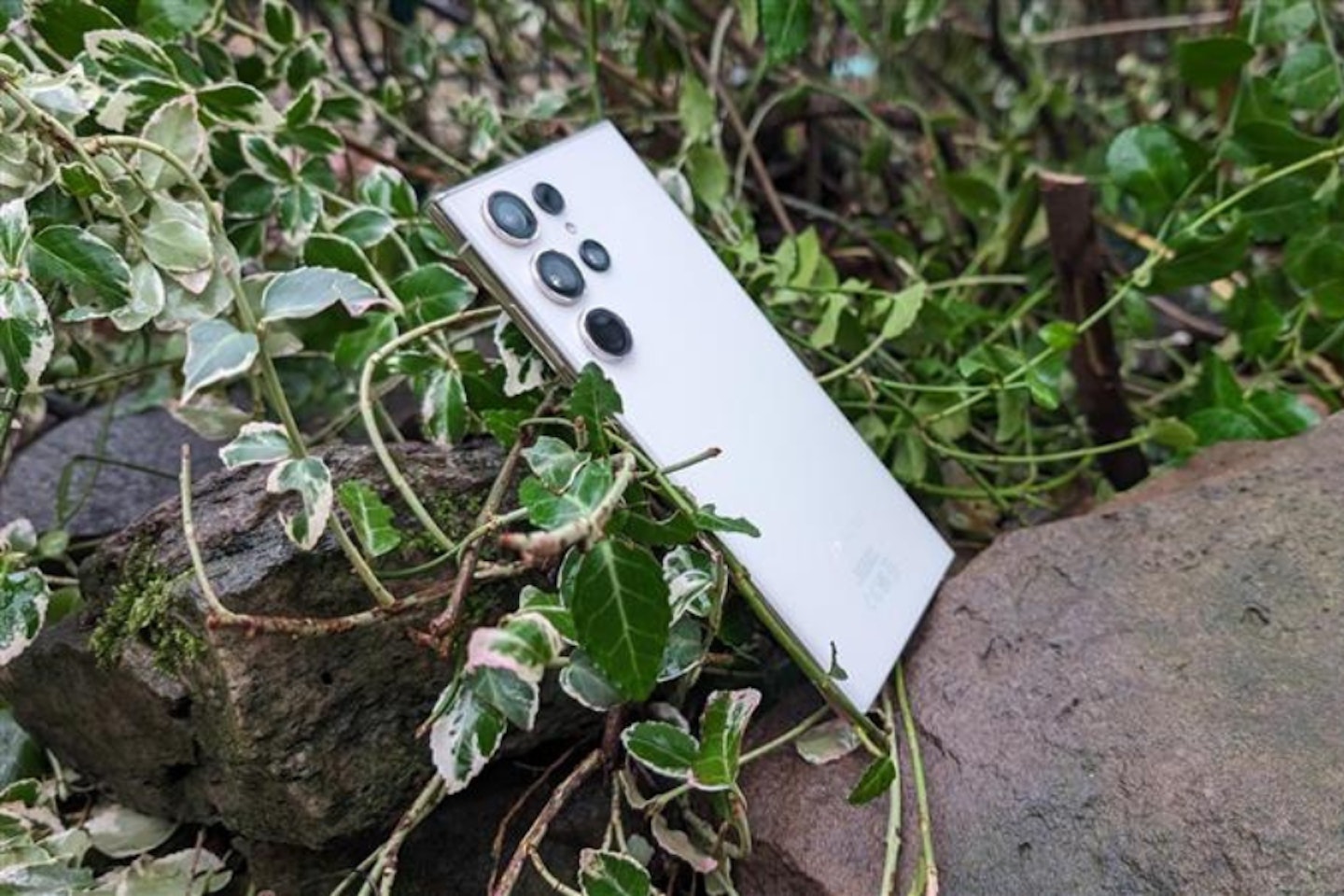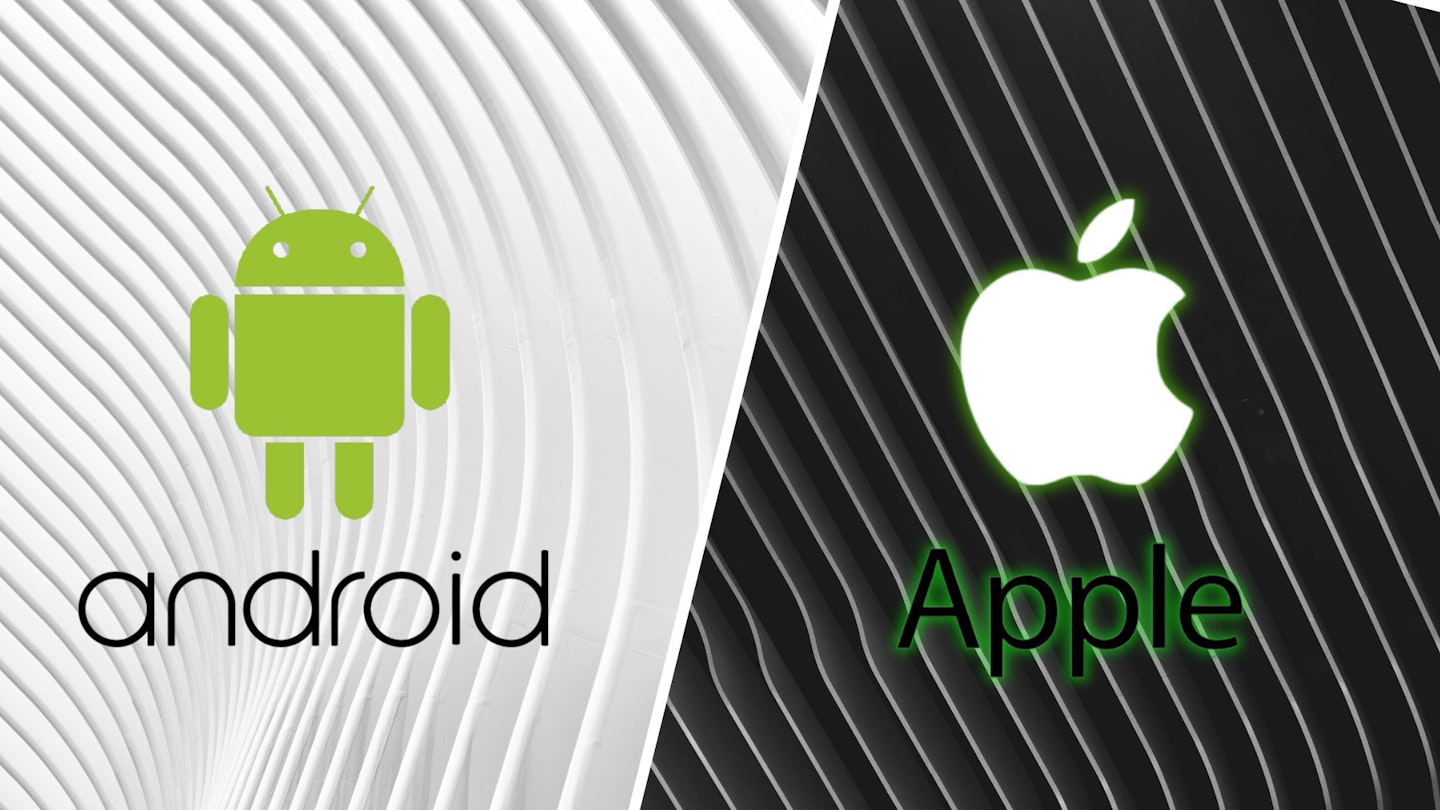Two of the best smartphone operating systems are Android and iOS, and there's a good chance these are the only smartphone operating systems you'll ever use. But what are the differences between Android and iOS, and why do some people prefer Android?
We're going to be breaking down some of the trickiest terminology and getting into some technical jargon to give you a clear and honest picture of the main differences between these two brilliant technologies and their individual benefits.
You may have used an iPhone for some time, but if you need a cheap phone under £200 in a pinch, you might have to get used to Android. If you're concerned about the general operating differences between Android and Apple, this guide is for you.
Android OS

Android Operating System, or Android OS, is a mobile operating system you'll find on Samsung, Google and Honor smartphones, among many more. This open-source operating system means that software developers have many customisation options when developing smartphones. Everything from the style of widgets to font and lock-screen animations is customizable, meaning you can really make your smartphone your own.
Moreover, it also means that app developers have significantly more freedom to make an app ideal for their uses and vision. As a result, Android users have a tremendous amount of apps to choose from on Google Play and other device-specific app stores, excellent news for the best gaming phones of the year.
Visual differences and navigation
As for design differences, quick app accessibility and other useful features such as multitasking, this can be phone-specific (a Google phone may not have access to all the features a Samsung may have due to technical limitations) or dependent on what version of Android you're using.
Nevertheless, browsing and general navigation on Android phones are generally smooth and well-designed for intuitive navigation, and there are plenty of customisation options in the settings to fine-tune your phone's navigation to your tastes.
Whether you're using the best phones under £300 or a high-end Samsung, the general layout and navigation between these phones are virtually the same, giving users a universal experience and making it incredibly easy to upgrade in future without becoming lost.
Downsides of Android OS
There are flaws with Android OS, as with any technology - and a large flaw with Android's operating system is its mixed performance across devices. Yes, you may have invested in a great-priced phone under £500, but if you're not getting an exceptional deal on a great phone, the performance of Android OS can be slow and sluggish. The software's demand can be too much for a cheaper phone, so shop wisely.
iOS

Apple's IOS is generally pleasant, clean and intuitive, especially for those who are loyal to Apple and aren't quite ready to learn how to navigate a new operating system.
Functional and polished, this solid operating system is closed, unlike Android's open-source design, meaning that developers don't have as much freedom to alter the overall Apple aesthetic – except only for the design features Apple allows you to alter.
As for general use, Apple's user navigation is solid – but it's a system you must adapt to without much wiggle room for personal preference.
iOS device ecosystem: keeping you in the know
Where Apple shines compared to Android is delivering a consistent user experience - if you had an iPhone 12, switching to an iPhone 13 isn't going to feel alien. Buttons and quick touchscreen shortcuts are the same, even on the best iPhones, so there are minimal alterations to navigation altogether.
If you switch from one of the best Android phones on a budget – the Xiaomi Redmi Note 12, to the Google Pixel 8, for example – you'll find that certain features you may have enjoyed on the Redmi Note 12 are not on the Google Pixel 8. And, of course, you'll find new and confounding features on the Google Pixel 8 that you are unfamiliar with – both Android phones but largely different experiences. Android phones offer many different experiences thanks to many smartphone manufacturers using open-source software, but that isn't the case for Apple.
Security: more secure than Android?
Reaching an almost mythic quality, many users believe that Apple products can't get viruses. While this is entirely false, there is some truth in the security of iOS.
Apple's iOS app store, unlike Android's Wild West-esque lawless app store, Google Play, where anyone can develop an app with minimal confrontation, is tightly controlled and monitored for malicious apps. The result is Apple gives a safer user experience that is a little limited compared to Android.
With great security controls, automatic access to iCloud, and strict app regulations, iPhones are secure – there's no denying it.
Downsides of iOS
As we've discussed, there is a certain limit to just how creative you can get with the overall look of your smartphone. Then there are also the limitations on your available apps – which is both a blessing and a curse thanks to added security assurances.
But a large downside of Apple's iOS is that it often rarely innovates and improves – yes, certain background features, such as performance speeds and security, strengthen over time. Still, very little has improved with Apple navigation over time.
For some, staying familiar is just what they prefer, but others crave the option to close all tabs, multitask, and have more creative freedom surrounding the look of their iPhones.
Verdict

When deciding between an Apple (iOS) and an Android phone, various factors come into play. Apple phones are celebrated for their ecosystem integration, providing a seamless device experience. If you already use other Apple products like a MacBook, iPad, Apple Watch, or AirPods, the compatibility and synchronization can significantly enhance your overall user experience.
On the other hand, Android phones offer a more diverse range of hardware options from various manufacturers. This allows users to choose a device that aligns with their design, size, and price preferences. Additionally, Android provides greater customization options, allowing users to personalise their devices more than iOS.
Both operating systems boast robust app stores, but the App Store on iOS is often perceived as having a more curated selection, potentially ensuring higher-quality apps. However, Android's Google Play Store provides a more open environment, allowing for a broader range of app choices.
Ultimately, the decision between an Apple or Android phone hinges on individual needs and preferences, whether prioritising seamless integration within the Apple ecosystem or seeking a more diverse range of Android device options and customization opportunities.
Ryan Houghton is a commercial content writer for What’s The Best, known best for his expertise in gaming, with a particular soft spot for PC gaming, audio tech, televisions and smartphones.
Diligently writing for What’s The Best for almost two years, there are very few tech products Ryan hasn’t had his hands on to review; televisions, headphones, folding phones and even LEGO, if it’s nerdy, he’ll be there.
His well-versed history as one of the resident techies at What’s The Best has kept him keen to uncover the very best deals, savings and offers for those in need of a cracking deal to upgrade their setup.
In his downtime, Ryan most likely has his nose buried in a fantasy book, or his eyes glued to a screen whilst playing a tough-as-nails Soulslike or leisurely RPG, indulging in most forms of escapism where possible.
Subscribe to the What’s The Best Newsletter to keep up to date with more of the latest reviews and recommendations from the rest of the What’s The Best team.
